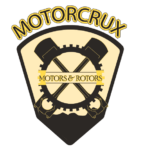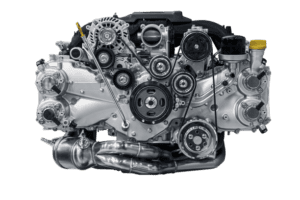Engine classification- a guide on various engine types
To understand engines better you have to go beyond engine classification. Let’s discuss what is an engine as we dive deeper.
Engines come in various sizes and shapes. They are power sources in various machines and power tools.
To produce power, engines convert a mixture of fuel and air into energy which then leads to rotor/motor motion.
engine classification and types
Motors are categorized based on displacement and valve arrangement. Displacement refers to the volume that the piston displaces in the cylinder. The larger the displacement the bigger the engine.
We have more classification criteria used for modern motors. This includes usage, design, and fuel types among others that we’ll look at shortly.
Keep reading.
While some engines are simple in design and build, there are complex motors. Powerful and sometimes massive pieces of engineering.
At home, we have engines that power lawn mowers and chain saws. Also pressure washers, snowmobiles, jet skis, and motorcycles among others.
First, let’s look at the broader picture.
Engine classification - Types of Engines
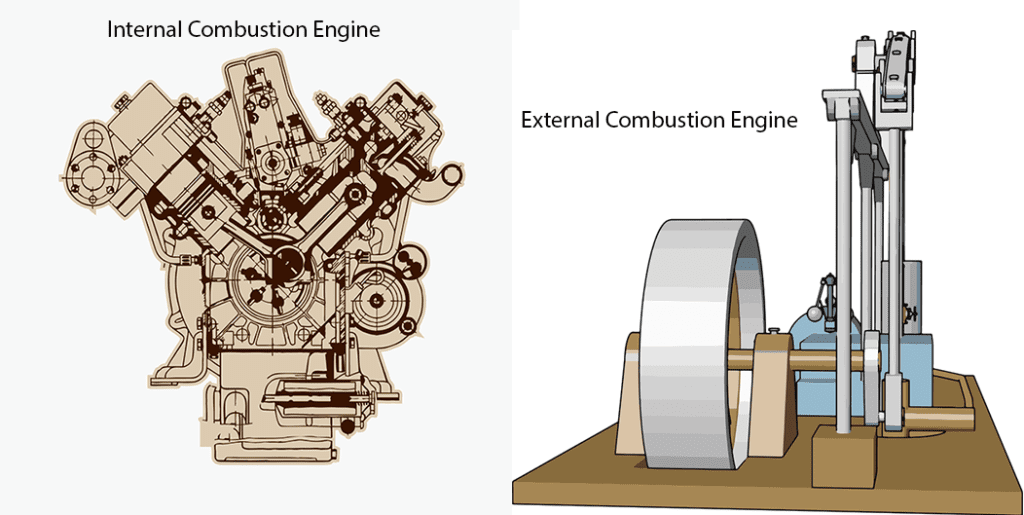
We have two primary engine types. The external combustion engine and internal combustion engine.
Combustion is a process where fuel and air combine in an explosive mix to result in energy. It can happen outside the engine, for an external combustion engine. Or inside the engine for an internal combustion engine.
External combustion engines have gradually ceased to exist which makes the combustion engine future an internal combustion affair. Steam locomotives are the best example of external combustion engines.
In this article, we delve into internal combustion engines. We’ll look at the subcategories of the internal combustion engine type.
Internal combustion engines are classified based on the following criteria:-
- Type of fuel used
- Type of Ignition
- Number of Strokes
- Number of Cylinders
- Types of cooling
- Application
Type of fuel used
Engines run on gasoline or diesel as fuel sources.
The main difference between diesel and gasoline motors is the process through which fuel is introduced to the chamber for ignition.
While gasoline engines use spark plugs to ignite the fuel, diesel engines use injectors.
Gasoline engines are spark-ignited and have less power output as compared to diesel. Gasoline engines run motor vehicles with less power requirements and small home equipment.
To produce motion, the gasoline is mixed with air and ignited to create heat. The heat expands the gas to create pressure. It is this pressure that moves several pistons within the engine, each transmitting driving force to a crankshaft.
As a result, the turning power (torque) created by the rotating crankshaft is transmitted to the drivetrain, which turns the driving wheels.
Diesel engines are compression ignited engines used in heavy equipment and big engines. When air is compressed inside the cylinder, fuel injectors introduce fuel into the chamber to ignite.
Diesel engines are more efficient than gasoline engines. That’s because they need less fuel to ignite and create the energy used to propel a crankshaft for motion.
However, diesel engines demand a rigorous maintenance regime to ensure longevity. Due to the pressure on the engine.
Type of Ignition
The Spark-ignition engine uses spark plugs to ignite the fuel and air mix to develop energy. The compression ignition engine derives its energy from the compression of fuel and air.
The basic function of these two types of ignitions is well captured above in the fuel type topic.
Number of Strokes
Two Stroke Engine
A two-stroke engine has a power stroke for every crankshaft revolution. These engines can power chainsaws, leaf blowers, and other hand-held equipment. Motorcycles also use this configuration.
Most manufacturers are seeking alternatives and dropping 2 stroke engines due to high emissions. The 4-stroke engine is environmentally friendly and still gets the job done.
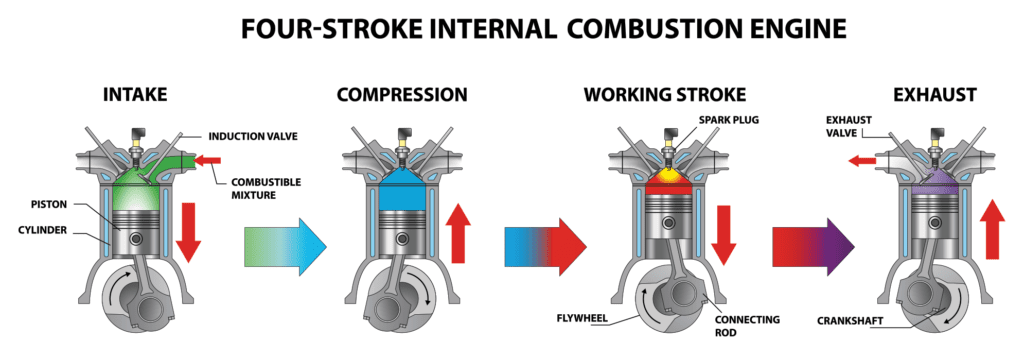
Four Stroke Engine
Each stroke is a single downward or upward motion. The 4-stroke cycle involves four distinct piston strokes. The cycles are intake, compression, power, and exhaust occurring in succession.
For each complete cycle, there are two complete rotations of the crankshaft.
The cycles include an intake stroke where a mixture of air and fuel is injected into the combustion chamber. Next is the compression stroke, the power, and finally the exhaust stroke.
Number of Cylinders
The engine’s combustion chambers are called cylinders. They can number anywhere between 1 and 16 cylinders depending on the engine configuration.
The cylinder arrangement can either be a v-shaped formation or in-line or opposed to each other.
V-shaped cylinders are preferred due to efficient space use inside the engine block.
Type of cooling
- Air-cooled engines: These engines use air to cool themselves. In air-cooled engines, the cylinder barrels are separated, and metal fins are used to provide a larger radiating surface area, which increases cooling. Air-cooled engines are commonly found in motorcycles and scooters.
- Water-cooled engines: Water is used to cool the engine in water cooled engines. Water-cooled engines are found in automobiles, buses, trucks, and other four-wheeled vehicles, as well as heavy-duty motor vehicles. To keep the water from freezing in cold weather, an anti-freezing agent is added. Every water-cooled engine has a radiator to keep the hot water from the engine cool.
Engine Application
Stationary engine
This is an engine whose framework does not move. It’s used to drive immobile equipment like a pump, generator, mill or factory machinery, etc.
Automotive engine
These are the types of engines that are used in automobile industries. Gas and diesel engines are internal combustion engines.
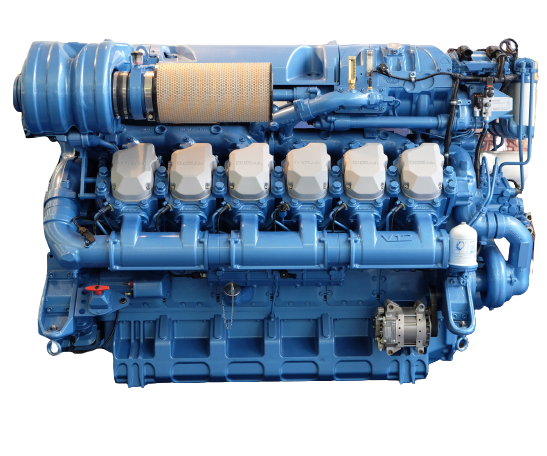
Locomotive engine
Engines are used to propel trains. Characterized by the huge prime movers that tag dozens of cargo and passenger cabins. These motors are medium-speed engines and run on diesel.
Locomotive engines are designed as 2-stroke motors to take advantage of the huge power output and increase efficiency.
Marine engines
This type of motor is found in marine machines like boats or ships. Marine engines also run on 2 stroke motors like locomotive engines.
Aircraft engine
Radial and gas turbine engines are used in aircraft propulsion.
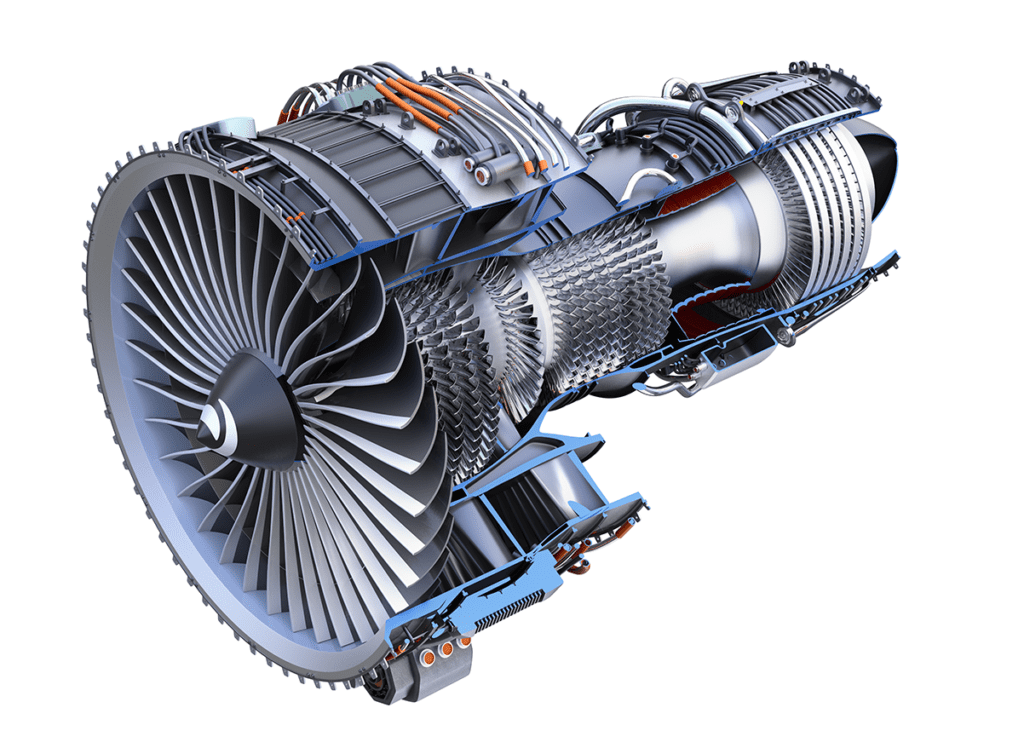
Engine classification - Conclusion
This list is not exhaustive but the categories mentioned here should help you understand engines better. Look out for future updates herein, nevertheless hope you grasped something.
Keep exploring and let’s demystify engines and how they work.
More articles
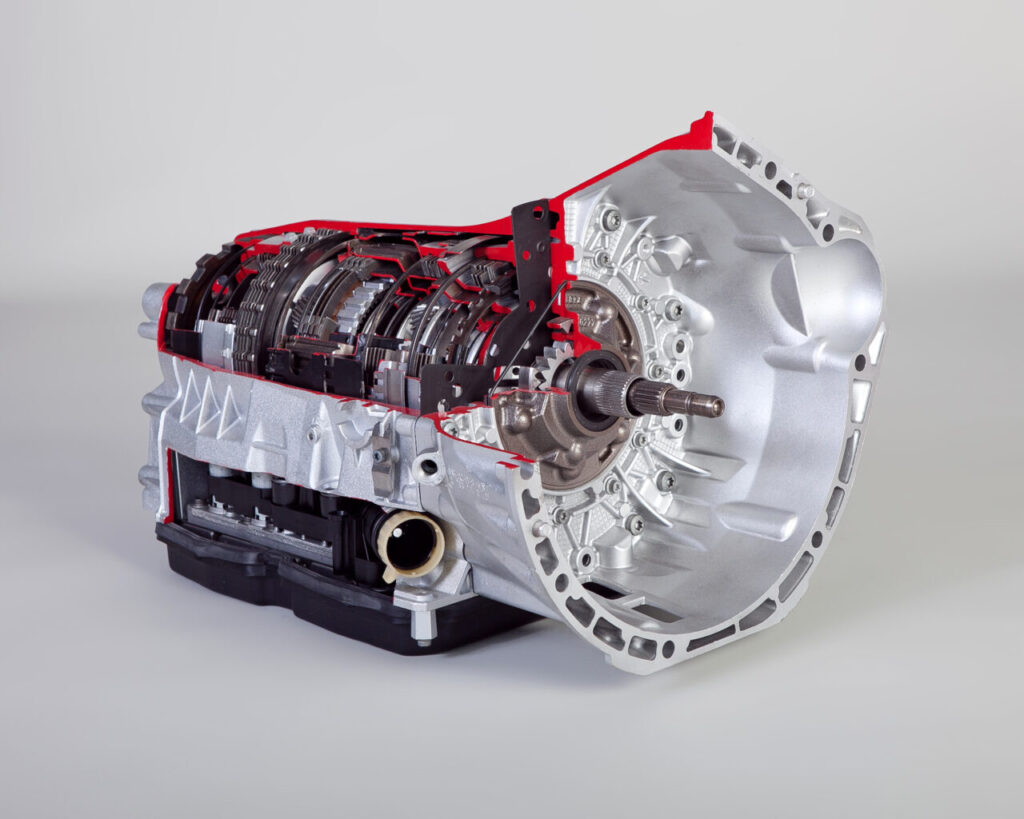
Best Automatic Transmission
This is a comprehensive review of the best automatic transmissions available
